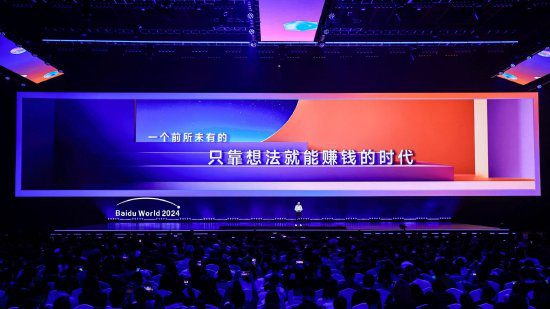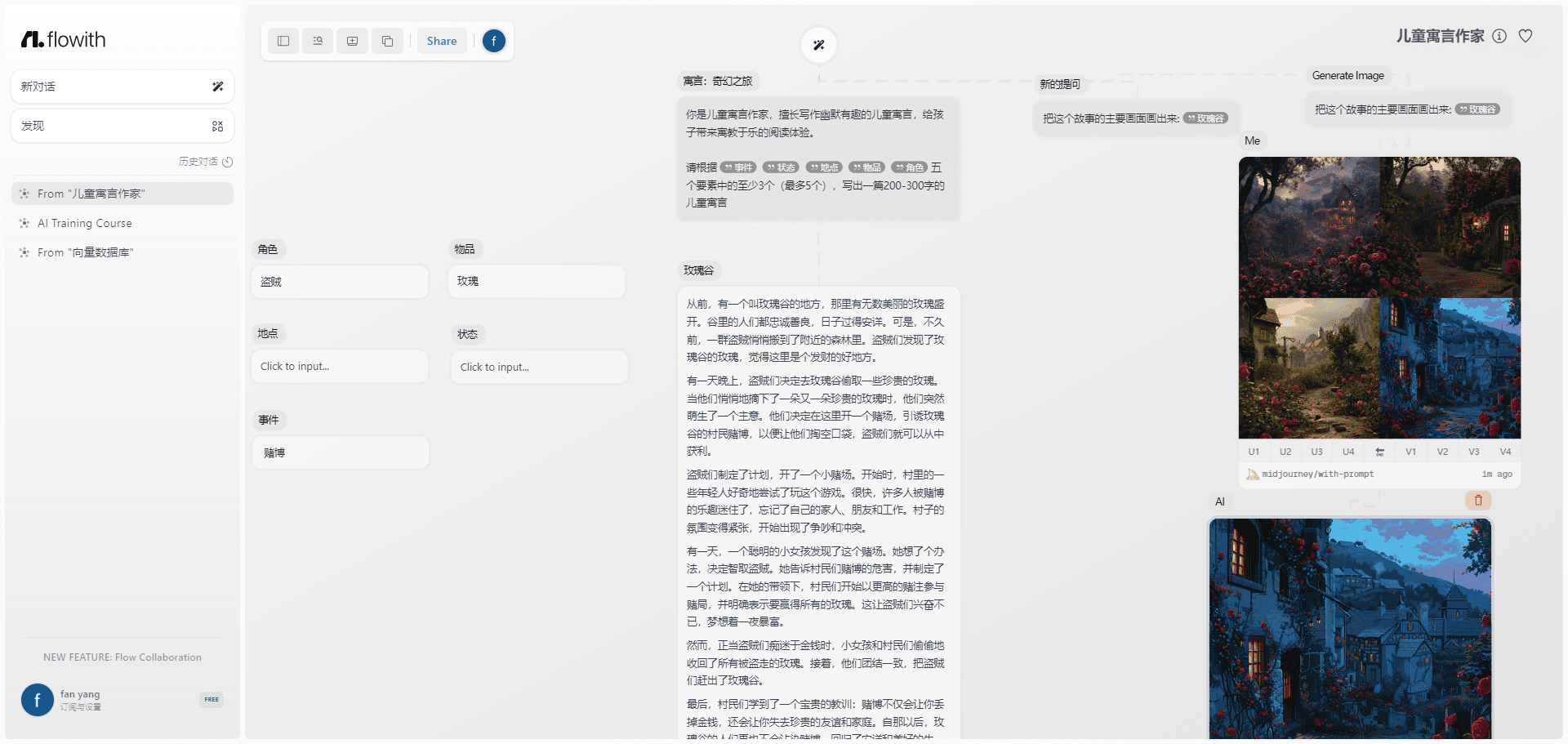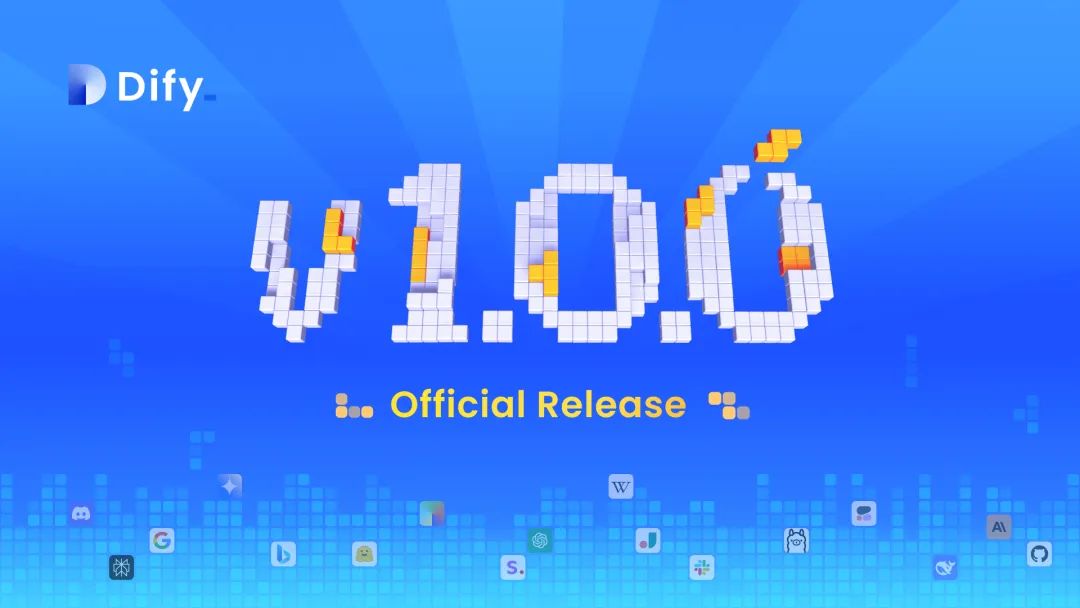Anthropic Officially Releases MCP Protocol 2025 Semi-Annual Roadmap
We are interested in Model Context Protocol Evolution of the program (first half of 2025)
The Model Context Protocol is evolving rapidly. This page summarizes our work on the First half of 2025 current thinking on key priorities and future directions, although these may change significantly as the project evolves.
The ideas presented here are not promises - we may solve these challenges differently than described, or some of them may not materialize at all. Nor is this athe tedious details in fulllist; we may include work not mentioned.
We encourage community participation! Each section links to related discussions where you can learn more and contribute your ideas.
Remote MCP Support
Our first priority is to support Remote MCP Connectionthat enables clients to connect securely over the Internet to MCP Servers. Key initiatives include:
- Authentication and authorization: Add standardized authentication functionality, with special attention to OAuth 2.0 support.
- service discovery: Defines how a client discovers and connects to a remote MCP server.
- stateless operation: Explore whether MCP can include serverless environments, which need to be mostly stateless.
reference implementation
To help developers use MCP, we plan to provide the following documentation:
- Client Sample: A comprehensive reference client implementation demonstrating all protocol functionality.
- Drafting of agreements: Streamline the process of proposing and integrating new protocol functionality.
Distribution and Discovery
Looking ahead, we are exploring ways to make the MCP server more accessible. Possible areas of research include:
- package management: Develop a standardized packaging format for MCP servers.
- mounting tool: Simplifies the server installation process on MCP clients.
- sandbox: Enhance security with server isolation.
- server registry: Provides a public directory for discovering available MCP servers.
Agent Support
We're expanding the MCP's commitment to Complex Agent Workflow support, with particular attention to the following:
- hierarchical proxy system: Improved support for agent trees through namespace and topology awareness.
- Interactive Workflow: Better handling of user permissions and information requests, improving interactions in the agent hierarchy, and providing ways to send output to the user instead of the model.
- Streaming results: Provides real-time updates for long-running agent operations.
Broader ecosystems
We are also committed:
- Community-led standards development: Promote a collaborative ecosystem where all AI providers can work together to shape the MCP to meet the needs of a variety of AI applications and use cases through equal participation and shared governance.
- modal extra: Expanded to support audio, video and other formats, not just text.
- [standardization]: Consideration of standardization through the standardization bodies.
Building Your First MCP with Large Language Models (LLMs)
use a tool like Claude LLMs like this accelerate your MCP development!
This guide will help you build custom Model Context Protocol (MCP) servers and clients using the LLM. We will use Claude as an example for this tutorial, but you can use any cutting-edge large language model for this task.
Prepare the document
Before you begin, gather the necessary documentation to help Claude understand the MCP:
- interviews https://modelcontextprotocol.io/llms-full.txt and copy the complete document content
- leave for MCP TypeScript SDK maybe Python SDK Repository
- Copy the README file and other related documentation
- Paste these documents into a conversation with Claude
Describe your server
After providing documentation, clearly describe to Claude the type of server you wish to build. Specifically describe the following:
- What resources your server will expose
- What tools it will provide
- What tips should it contain
- What external systems need to be interacted with
Example:
构建一个 MCP 服务器,要求:
- 连接到我公司的 PostgreSQL 数据库
- 将表结构作为资源公开
- 提供运行只读 SQL 查询的工具
- 包含常见数据分析任务的提示
Collaboration with Claude
When working with Claude to build the MCP server:
- Start with the core functionality and then iteratively add more features
- If you don't understand some parts of the code, ask Claude to explain them.
- Request modifications or improvements as needed
- Ask Claude to help test the server and deal with edge cases
Claude can help with all the key features of the MCP:
- Resource management and exposure
- Tool definition and implementation
- Tip templates and handlers
- Error handling and logging
- Connection and transmission settings
best practice
When building an MCP server using Claude:
- Decompose complex servers into smaller components
- Test each component thoroughly before proceeding
- Focus on security - validate inputs and restrict access as appropriate
- Documentation for future maintenance
- Strict adherence to MCP protocol specifications
the next step
After Claude helps you build your server:
- Double-check the generated code
- Testing the Server with the MCP Inspector Tool
- Connect it to Claude.app or another MCP client
- Iterate based on real-world usage and feedback
Remember, Claude can help you modify and improve your server as your needs change.
Need more guidance? Direct specific questions about implementing MCP features or solving problems to Claude.
© Copyright notes
Article copyright AI Sharing Circle All, please do not reproduce without permission.
Related posts

No comments...




